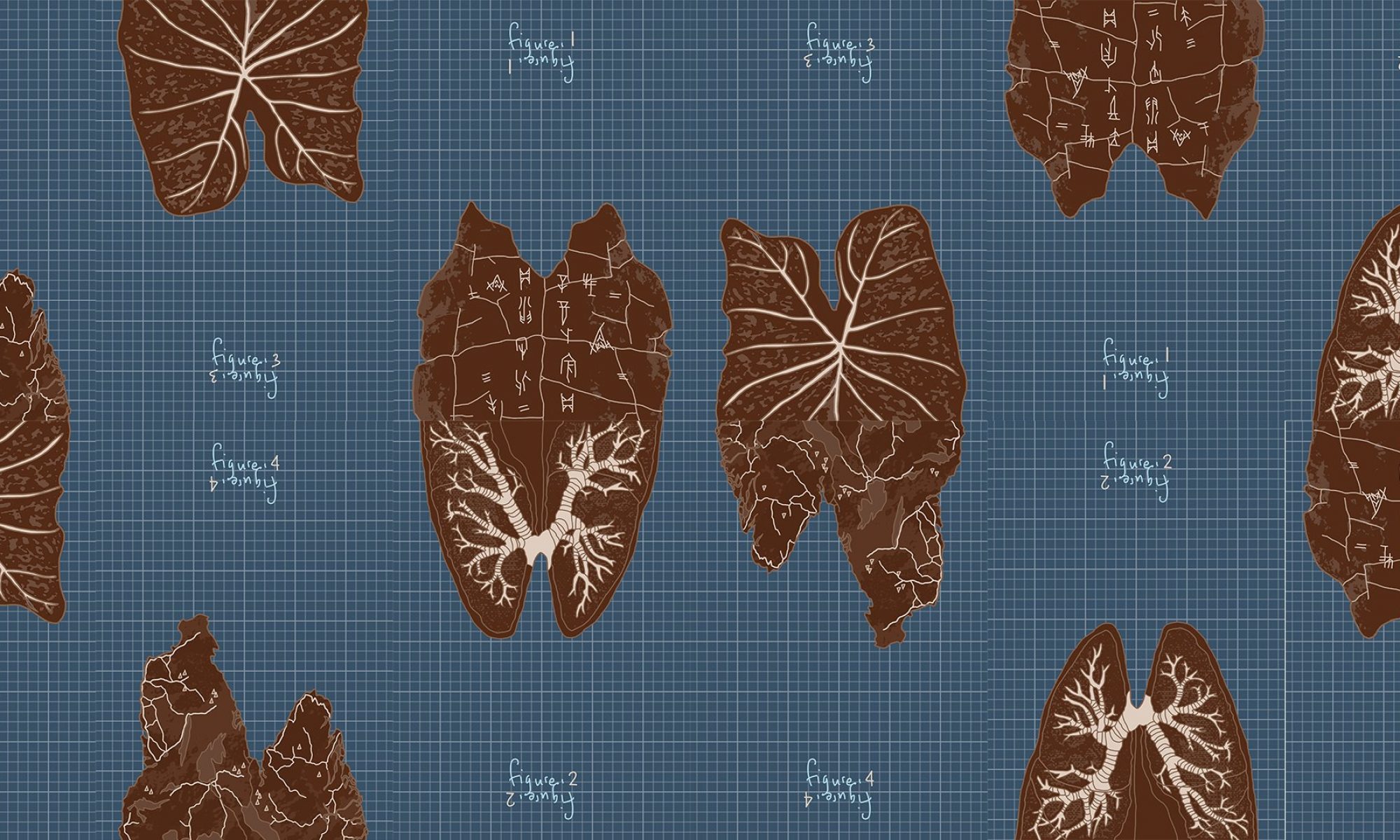






Deliverable 1: FoodForTalk Toolkit














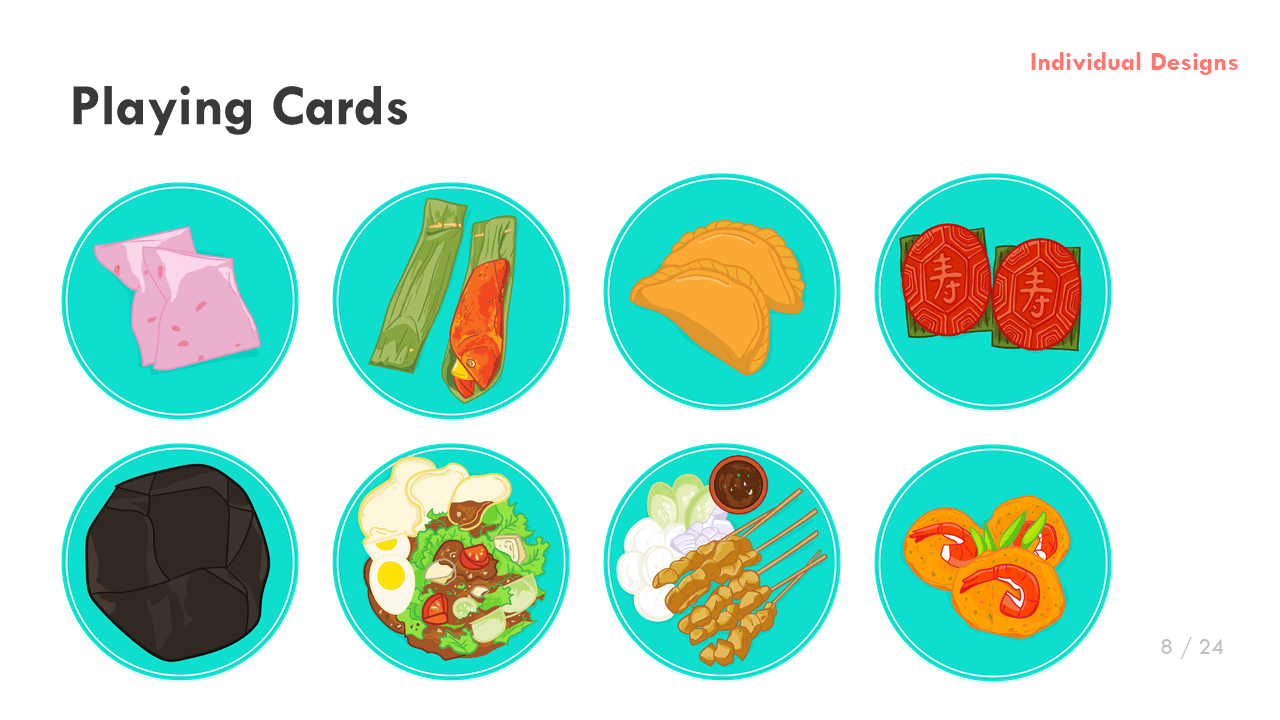
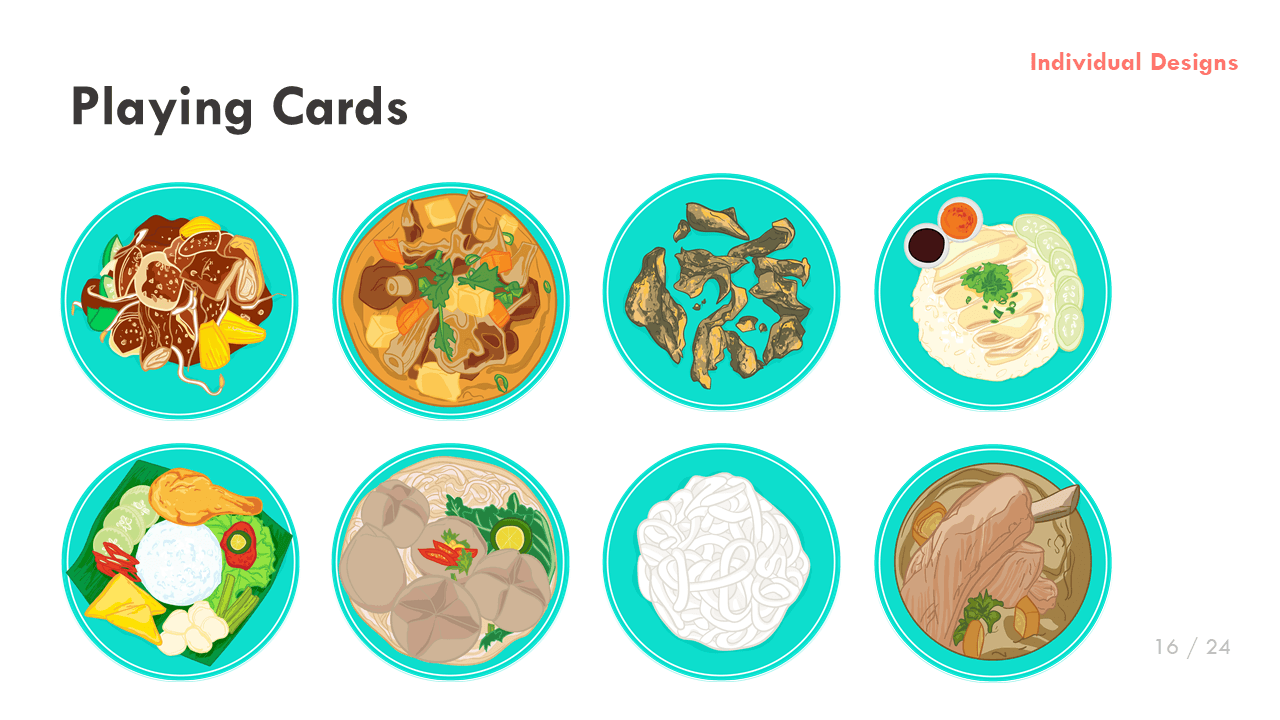
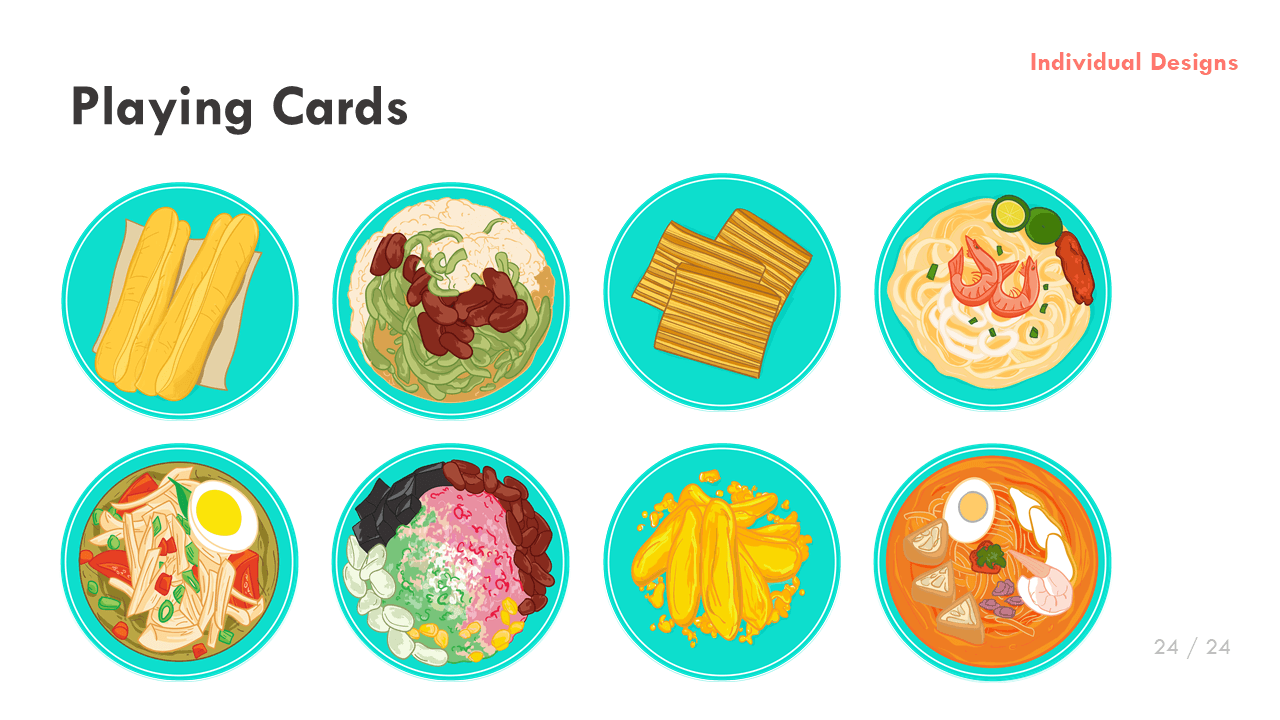






Infographic poster: final

Task 1B: Preliminary Research





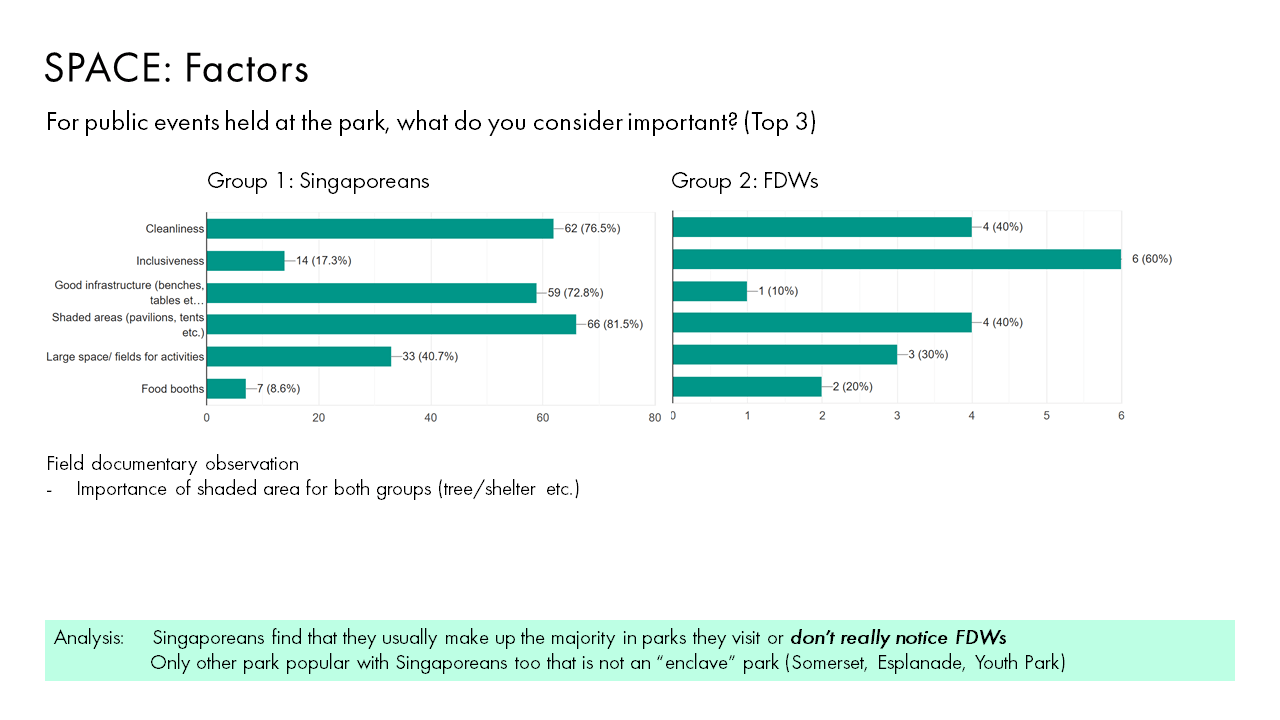
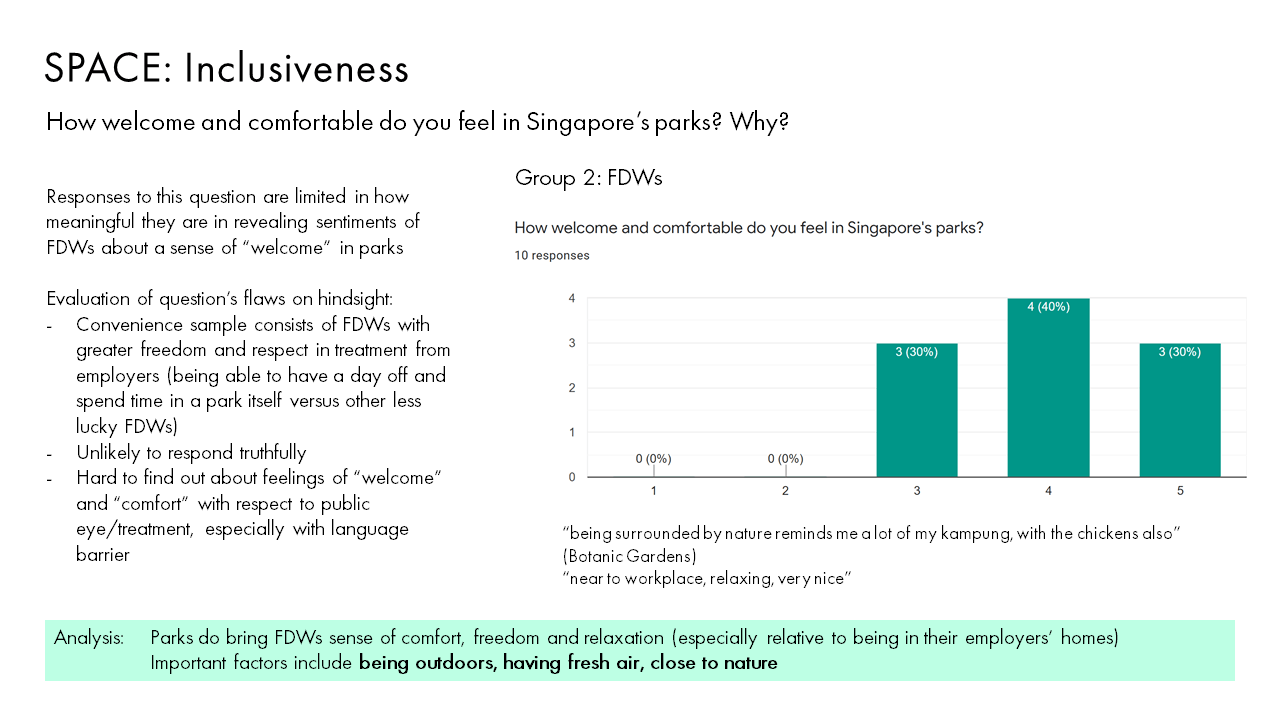










Link to forms:
Singaporeans: https://forms.gle/cZLgeFgbBMoo25mZ9
FDWs [ENG]: https://forms.gle/xS2c7E7rNAGqdtDZ7
PDF for analysis: FDW Data
Dialogue With Time Reflections
1. Briefly share your experience going through Dialogue with Time. What were some of the feelings, thoughts, challenges and insights gained while role playing an elderly person?
Role playing as an elderly person made the physical challenges faced by the body more real – many of which are otherwise invisible from the outside. We all know that the body deteriorates as you age but exactly how and the extent to which it limits your daily life’s activities, is difficult to imagine and fully understand until you are in that position. While the experience brought dread and fear towards the physical and social challenges brought on by ageing, more importantly, it also highlighted the possibility and need for action to be taken in the present in order to prepare ourselves and plan ahead for our own concepts of “happy active ageing”. I thought it was meaningful that the exhibition juxtaposed lifelong dreaming and the pursuit of mental and social well-being against the debilitating effects of ageing. The experience evoked feelings of ownership and responsibility over one’s ageing journey
2. Drawing on your experience, can you think and list some of the benefits inherent in the design research technique of role playing?
When employed with participants who are unfamiliar and distant from the role-play’s persona, role-playing is useful in evoking empathy. It is definitely more engaging and effective than simply spoon-feeding a passive learner information about the life of another person, since it involves the active engagement of the imagination and physical immersion to understand another’s perspective. An important benefit would be the additional information it can capture about the physical experience, that is otherwise overlooked in just mental processes and storyboarding. For designers, role-playing can be useful to gain insights into the user’s context and experience in order to design better concept products or services.
3. Can you think of some contexts where role-playing can be useful to help discover and define design challenges or contribute to the development of design solutions?
Contexts where role-playing would be particularly helpful are those that involve trying to understand a physical experience that is unfamiliar. It could be employed in the design of products for those with physical disabilities, for example reading tools for the blind or mobility devices and infrastructure for the handicapped. It could also apply to understand social situations of a minority or marginalised group, so as to better design a service to improve their well-being, or raise awareness for the unacquainted about their circumstances. To get a glimpse into the perspective and challenges of poverty or unfair discrimination from society, role-playing can help participants/ designers tackle the design problems with greater sensitivity and engagement. This could involve creating immersive environments that stimulate physical conditions of deprivation or abuse (in the case of poverty or dysfunctional households), or “games” where participants are confronted with circumstances and decision-making moves, to follow the complexity of thought processes for the role-play persona.
Task 1A: Exploratory Research
WHAT, WHY, WHO, HOW
1. What are some of the current issues confronting our world today? Amongst them, what is of interest and a cause of concern to you?
Social integration of foreign domestic workers (FDWs)
FDWs form a significant group in our population, with 1 out of 5 households having helpers. Despite living so “closely” amongst Singaporeans – literally under the same roof as their employers – FDWs are poorly integrated into Singapore’s society. Largely, they are met with negative public perception and social exclusion, considered inferior and dehumanised. Discriminatory attitudes are most clearly manifested in contests over “public” space, where FDWs and their activities are visibly segregated from locals in the same area, or challenged on the grounds of “belonging”. More can and should be done to understand and make FDWs feel welcome in our community and accord them the human dignity and respect they deserve. These women bring with them rich cultures, stories and talents of their own too, that locals have much to learn and gain from. I believe in the need for greater interaction between Singaporeans and FDWs, in public spaces outside of the private household, whereby both parties encounter and understand each other as fellow humans. As hosts, we can look beyond nationality and the label of “maid/helper” in how we treat and care for the women who leave their homes to care for ours. It is not just employers who have the responsibility to try to integrate FDWs into their families. Regardless of whether we have helpers, as a society we should all try to help FDWs feel welcome in our community.
Literature Review: http://twc2.org.sg/wp-content/uploads/2016/07/FDW-Report_Final.pdf https://www.servicedesignlab.net/service-design-for-foreign-domestic-workers https://idwfed.org/en/resources/home-sweet-home-work-life-and-well-being-of-foreign-domestic-workers-in-singapore/@@display-file/attachment_1 https://lkyspp.nus.edu.sg/docs/default-source/case-studies/fdws_in_singapore.pdf?sfvrsn=2ac5960b_2 https://ink.library.smu.edu.sg/cgi/viewcontent.cgi?article=4339&context=sol_research https://www.channelnewsasia.com/news/singapore/maids-foreign-domestic-workers-singapore-necessity-families-12059068 https://www.todayonline.com/singapore/big-read-making-singapore-better-place-workers-who-come-afar-0 http://reclaimland.sg/rl/?p=1257 https://news.google.com/newspapers?nid=1295&dat=19980331&id=rOYVAAAAIBAJ&sjid=9xQEAAAAIBAJ&pg=5375,6735717 https://www.jstor.org.remotexs.ntu.edu.sg/stable/pdf/2547324.pdf?refreqid=excelsior%3Ab0db7fd5013c481419b333b78e99efa6 https://tembusu.nus.edu.sg/news/2019/by-professor-tommy-koh-foreign-domestic-workers-a-suggested-rulebook https://www.tandfonline.com/doi/abs/10.1080/14680777.2018.1513411?src=recsys&journalCode=rfms20 https://www.channelnewsasia.com/news/singapore/foreign-domestic-worker-maid-human-not-robots-commodities-10844562?cid=h3_referral_inarticlelinks_24082018_cna
Neighbourliness and community (kampung) spirit
Despite living in high density apartments, Singaporeans lack interactions with their neighbours. Physical proximity does not translate to relational closeness. I have always lamented the cold state of isolated living shaped by today’s hectic and individualistic lifestyle, and yearned for greater warmth and a sense of community in neighbourhoods. Relationships with our neighbours are ones we have lost.
Literature Review: https://pride.kindness.sg/are-we-too-scared-of-our-neighbours-to-make-friends-with-them/ https://www.kindness.sg/neighbourliness/ https://www.straitstimes.com/singapore/sporeans-prefer-privacy-to-mingling-with-neighbours-poll
Intercultural understanding among races
Interracial relations in Singapore is a complex domain with multiple intertwined issues, met shortly by policy on all fronts. We have recently seen more open discourses about the state of “harmony” and discrimination in Singapore. Looking at what levels I might have the capacity to address most meaningfully with design, I see the lack of understanding of other races’ cultural practices and values as an area that is important in promoting harmony. In contrast with the view that it promotes a superficial sense of harmony- especially when executed in manners typical of the one-off “market” display of cultural trivia on Racial Harmony Day- my personal experiences and research show that understanding of other races’ cultures, and the cultivation of the interest to understand, can promote a version of racial harmony that is better than what we currently have.
Literature Review: https://www.straitstimes.com/politics/religious-and-worldview-studies-in-schools-can-help-strengthen-social-cohesion-say-experts https://www.straitstimes.com/singapore/more-needs-to-be-done-to-promote-inter-cultural-understanding-say-ngos-and-community https://lkyspp.nus.edu.sg/docs/default-source/ips/ips-working-paper-no-35_ips-onepeoplesg-indicators-of-racial-and-religious-harmony_comparing-results-from-2018-and-2013.pdf https://www.straitstimes.com/politics/racial-religious-harmony-in-spore-improving-but-minority-groups-feel-discriminated-at-work https://www.channelnewsasia.com/news/singapore/class-immigration-more-government-involvement-society-splits-ips-12044060
Environmental crisis: loss of biodiversity
We are into the epoch of the Anthropocene with the sixth mass extinction underway. In recent years, we have lost species after species at an accelerating rate because of human activities. While some like Sudan the last male northern white rhino receive public sympathy and mourning on social media, some (most) disappear from the Earth without a sound. Biodiversity receives miserably little attention even as scientists warn it poses an equal threat to humanity as climate change. Putting aside the risks biodiversity loss poses to humans (food, water, health, security, etc.), I think we have a responsibility towards the lives of other creatures we share this planet with. I dismay for the thousands of exotic and wonderful creations of Mother Nature that have disappeared and continue to disappear, before humans have ever gotten to learn of them and the lessons they offer.
Literature Review: https://wwf.panda.org/our_work/biodiversity/biodiversity_and_you/ https://www.theguardian.com/environment/2018/nov/03/stop-biodiversity-loss-or-we-could-face-our-own-extinction-warns-un https://www.theguardian.com/environment/2018/mar/23/destruction-of-nature-as-dangerous-as-climate-change-scientists-warn https://therevelator.org/extinction-species-lost-2019/ https://www.theguardian.com/commentisfree/2017/jul/11/sixth-mass-extinction-habitats-destroy-population https://www.sciencedirect.com/topics/earth-and-planetary-sciences/biodiversity-loss https://www.iucnredlist.org/
2. Why is the issue important? Who does it affect and how?
FDWs play a significant role in Singapore’s social and economic development and their numbers are postulated to climb steadily with demand. It is important that we take care of their well-being and integrate them, especially since this allows them to have better work satisfaction and performance taking care of our homes (for those who need to see how the well-being of an outsider concerns them). Ultimately, it comes down to our values as a society and the kind of community we wish to build. Our treatment of FDWs tells us where we stand on issues of social class, ethnicity, gender and global citizenship. Social exclusion is not a problem exclusive to FDWs – amongst local Singaporeans even, we have fault lines along race and income. FDWs being foreign “transient” figures, does not mean they are not entitled to basic human rights and dignity Singaporeans enjoy, nor make the need to integrate them into our society unnecessary. As our city becomes even more densely populated, public spaces become an arena for contesting interests of different groups. We need to learn to negotiate and share our spaces and treat one another with compassion and respect.
3. Who do you need to communicate to, and why?
The primary target audience would be Singaporeans, to challenge their views of FDWs and encourage initiative and openness in interacting with FDWs. I might need to communicate to FDWs too, especially if I am trying to facilitate interaction and communication between the two. Rather than targeting younger children and seniors whom FDWs stretch themselves to care for at home, I wish to target youths and the working class. The prejudices of this group towards FDWs might be the strongest, but I feel they might also be potentially most open to responding to my design, and engaging with FDWs most maturely and meaningfully. Granted, the initiatives I design might communicate most effectively to those with the least prejudices towards FDWs. I can only hope that having a few take the initiative to approach and understand FDWs differently, paves the way for others, and affects the most prejudiced groups.
(Needless to say, in participatory design and research methods, communication to both FDWs and Singaporeans would be necessary to uncover the common grounds and differences between the two, and gather both sides’ views about one another and social inclusion.)
4. How has visual communication contributed to address the cause?
“Knowing You, Knowing Me” Handy Guides series
by Centre for Domestic Employees (CDE)
The guides aim to improve employer-helper communication, understanding and relationships. The illustrations and comic book format are light-hearted and refreshing compared to other mainstream media that take instructional or other formal rule-descriptive formats to explain behaviours expected of both parties. The stories employ humour and appeal to our empathy to highlight the important messages effectively. The character of the FDW Min is also portrayed as a human with social and emotional needs. Although I think there is room for improvement: rather than just making Min look like someone who makes funny and embarrassing mistakes, they could demonstrate her capability and knowledge in other areas. Currently, the format seems to encourage reading of the guidebook by employer and helper separately, with the same comics produced in different languages in different sections. It may help to add reflection or conversation points for actual communication between employer and helper about the comics and their lessons. Aesthetically, I think the graphics can be improved and look less children’s material. It would be more appropriate to view FDWs as mature grown adults- whom we have entrusted our homes with to take care of- and design illustrations with this in mind (especially since there is criticism that some employers treat their helpers like immature children who cannot be trusted).


Volume 3 - http://cde.org.sg/wps/wcm/connect/654fc9cf-b47c-469b-bba5-91c83a1049cc/CDE+%E2%80%93+Handy+Guide+Vol3_Final+LR.pdf?MOD=AJPERES&CACHEID=654fc9cf-b47c-469b-bba5-91c83a1049cc All Handy Guides - http://cde.org.sg/wps/portal/cde/home/learn/selfimprovement
“Just An Extra Chair” Initiative Guidebook
by Singapore Kindness Movement
This initiative matches members of the general public with migrant workers to play host and guest respectively for festive meals together (upcoming: Chinese New Year). It encourages interaction, understanding and the sharing of warmth and compassion between locals and migrant workers. The guidebook provides hosts from the general public with clear and relevant information: context of migrant workers and the initiative, basic phrases in their foreign languages, dos and dos of interaction, tips on how to facilitate conversation etc. The design is also clear and the illustrations convey feelings of warmth and community. The figures are however rather generic or portray Western characters and could be designed to represent characters of migrant workers and Singaporeans more specifically to fit the context. Besides the format of the guidebook, flashcards (physical or a mobile app game) could be appropriate as a complementing media for guiding questions and conversation topics. Using simpler sentences or words for these might also be more effective in facilitating understanding and engagement from migrant workers less fluent in English.


Guidebook for hosts (Public) - https://21vxrz3bk4un2koihuzdpvvz-wpengine.netdna-ssl.com/wp-content/uploads/2019/12/JAEC-Brochure_A5_Public-Web-Version.pdf
The sign-up form for both host and guest can also be improved and enhanced with visuals on a portal for ease of navigation and understanding. Especially for guest sign-ups, the medium of an online Google Form seems inappropriate for reaching migrant workers who might not access it as easily.

Sign-up Google Form: https://docs.google.com/forms/d/e/1FAIpQLSdBNjMLbf3n8x20fD61JZzf5BNe5JLKnjj8r6BJ8loTMhRlxw/viewform?fbzx=-2596986098811074287
“UNDER ONE ROOF” Communication Toolkit
by Kenneth Yip, Khoo Yin Qi & Cheryl Ho (Service Design Lab)
The communication toolkit is designed for the Singaporean family to guide them through building a healthy relationship, nurturing more open communication and mutual understanding with their FDW. Information is synthesised into bite-sized cards that serve as reminders and can also be used in a matching game. The format of the card with illustrations is appropriate for education and communication with the family target audience, consisting of both young and old. While the instructional language makes the learning points clear, some . A greater number of cards with different illustrations and supporting text or questions, for each existing card might help with better understanding. Take for example, the current card for “GET TO KNOW YOUR FDW AS A PERSON” with the illustration of arrows going between employer and helper, do poorly in helping the employer unpack what that means or could look like. Perhaps using a character name for the protagonist helper character might be better than using “YOUR FDW” in the titles and instructions. Attention to language can greatly change the relationships of power between employer and FDW implied:
“GIVE YOUR FDW ENOUGH REST” VS “GIVE MIN ENOUGH REST” VS “DOES MIN HAVE ENOUGH REST?”


https://www.servicedesignlab.net/service-design-for-foreign-domestic-workers
